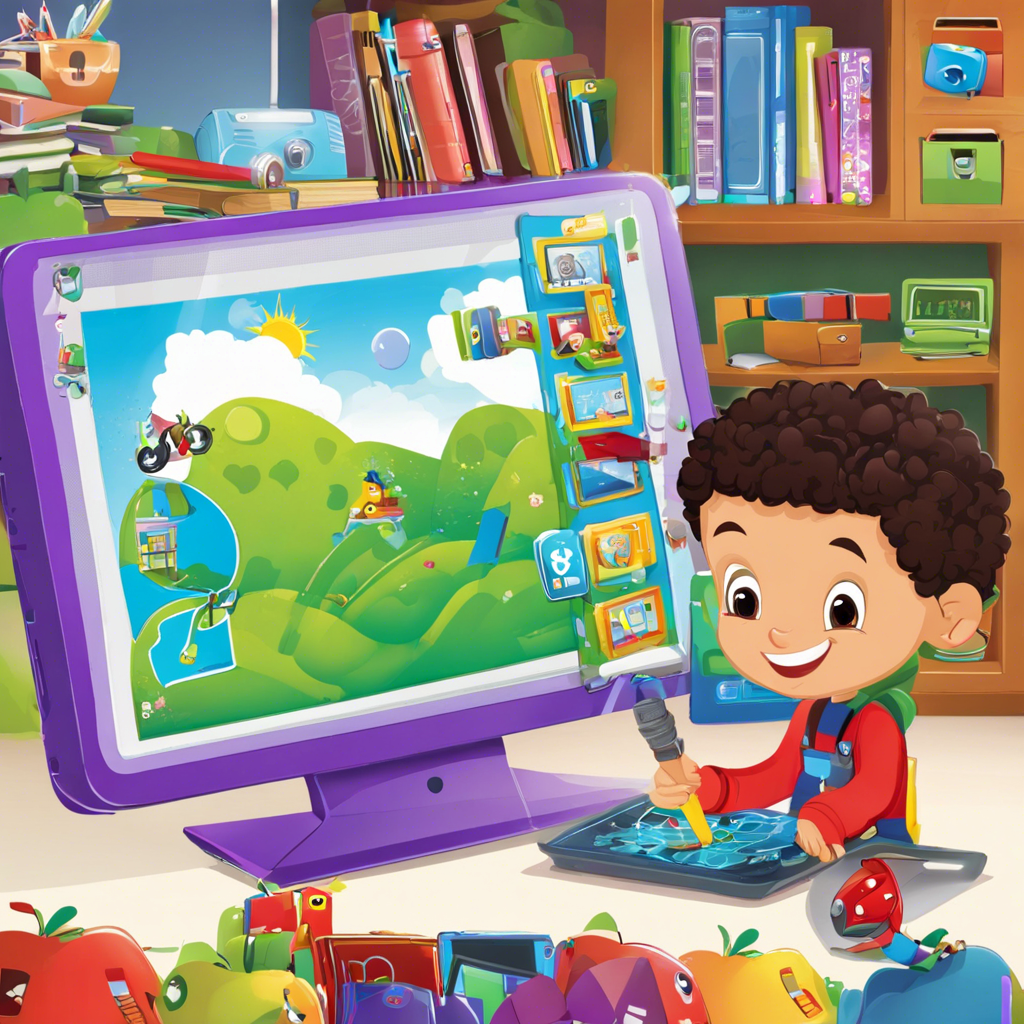Parents often grapple with the question of how to introduce technology to their kids in a safe and educational manner. With screens becoming an integral part of our daily lives, it’s essential to strike a balance and utilize technology as a tool for learning and creativity. This careful integration can set kids up for success in an increasingly digital world. So, what are some tech tools that parents can leverage to create a positive and enriching environment for their children?
One great example is the use of coding and programming apps or games. Coding has become a vital skill in many industries, and introducing kids to coding concepts early on can stimulate their logical thinking and problem-solving abilities. There are now several apps and games that teach coding fundamentals in a fun and interactive way, often using visual block-based programming or simple drag-and-drop interfaces. These tools can make learning to code feel more like playing a game, which is a far cry from the dry and complex coding languages of the past.
Robotics is another exciting field that lends itself well to educational tech tools for kids. Simple robot kits, often paired with intuitive visual programming interfaces, allow kids to build their own robots and bring them to life. This combines the fun of hands-on construction with the challenge of programming, fostering creativity, and an understanding of mechanical principles. Many kits offer a range of projects, allowing kids to build everything from simple machines to more complex creations, encouraging them to keep learning and experimenting.
Online educational platforms have also proliferated, offering everything from language learning to math and science tuition. These platforms often use interactive games and videos to make learning engaging and trackable. This adaptiveness allows kids to learn at their own pace and receive tailored instruction, which can be especially beneficial for those who struggle in a traditional classroom setting or for parents who want to supplement their child’s education.
AR and VR technologies are also making their way into the educational space, offering immersive learning experiences. From exploring historical events in a virtual time machine to understanding the human body through interactive 3D models, these technologies are breaking down the boundaries of traditional learning, making educational topics more accessible and memorable.
For younger kids, there are also tech tools focused on developing reading and language skills. Interactive ebooks, for instance, can make storytelling more engaging, with touch-activated animations and sound effects that bring stories to life. Language-learning apps can also introduce kids to new languages in a fun and effective way, often using games and interactive activities.
Additionally, parents should not underestimate the power of creativity-focused tech tools. From simple drawing and painting apps to more advanced animation and video editing software, these tools can foster kids’ creativity and help them develop important digital skills. Many of these apps provide a blank canvas for kids to express themselves, offering a range of art tools and effects that can spark imagination and a sense of play.
When introducing tech to kids, it’s important to set boundaries and maintain a healthy balance. Parents should opt for educational and creativity-focused tools that offer a safe space for kids to explore and learn. By providing structured and carefully curated access, parents can ensure their kids develop a healthy relationship with technology and gain vital skills for their future.
